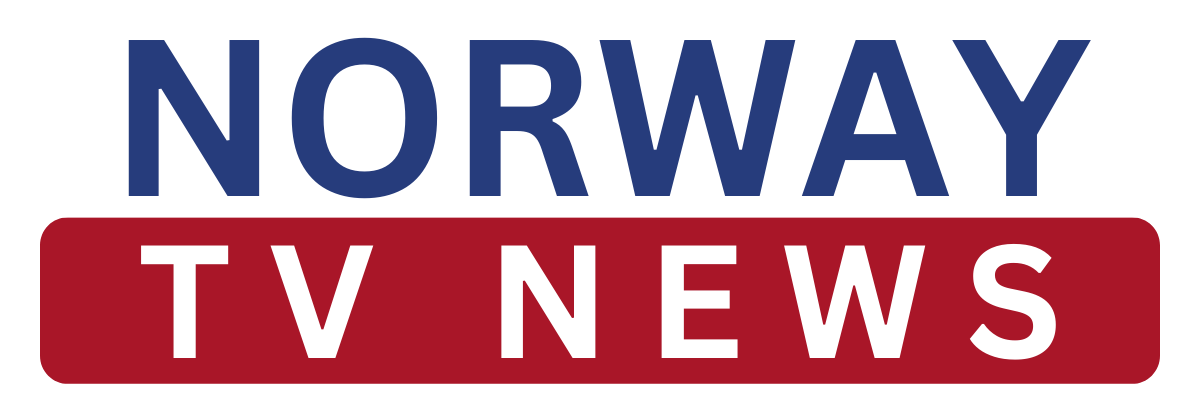Norway and its NATO allies have managed to steer through another turbulent encounter with former U.S. President Donald Trump at the recent NATO summit in The Hague. Through a combination of strategic diplomacy, increased financial commitments, and a streamlined agenda, the alliance emerged with a significant new defense spending pledge and avoided public confrontations.
Norway committed to spending 5% of its gross national product (GNP) on defense by 2035, up from the current 3.3% (which includes support for Ukraine). Of this, 3.5% will go toward military readiness and 1.5% toward upgrading infrastructure critical for military mobility—such as roads, highways, and bridges that will serve as key corridors for NATO troop movement to Sweden and Finland.
The alliance-wide agreement on the 5% spending target, driven in part by Trump’s pressure, was met with mixed reactions. Some countries, like Spain, were initially hesitant, prompting the deadline to be extended from 2032 to 2035. Trump touted the agreement as a personal victory and vowed to monitor compliance, particularly singling out Spain.
While the summit avoided direct debates over controversial issues, underlying tensions were evident. Norway’s Prime Minister Jonas Gahr Støre criticized the recent U.S. attack on an Iranian nuclear facility, calling it a breach of international law and advocating for a diplomatic resolution. However, the summit remained focused on unity and collective defense, with NATO leaders reaffirming their commitment to Article 5—treating an attack on one as an attack on all.
Despite Trump’s unpredictable presence, NATO allies left the summit unified. Norwegian Foreign Minister Espen Barth Eide expressed concern that Middle East tensions might overshadow Ukraine, but was reassured after Ukrainian President Volodymyr Zelensky’s productive dialogue with Trump. Leaders described the meeting as a success in preserving NATO’s cohesion while advancing shared defense goals.

